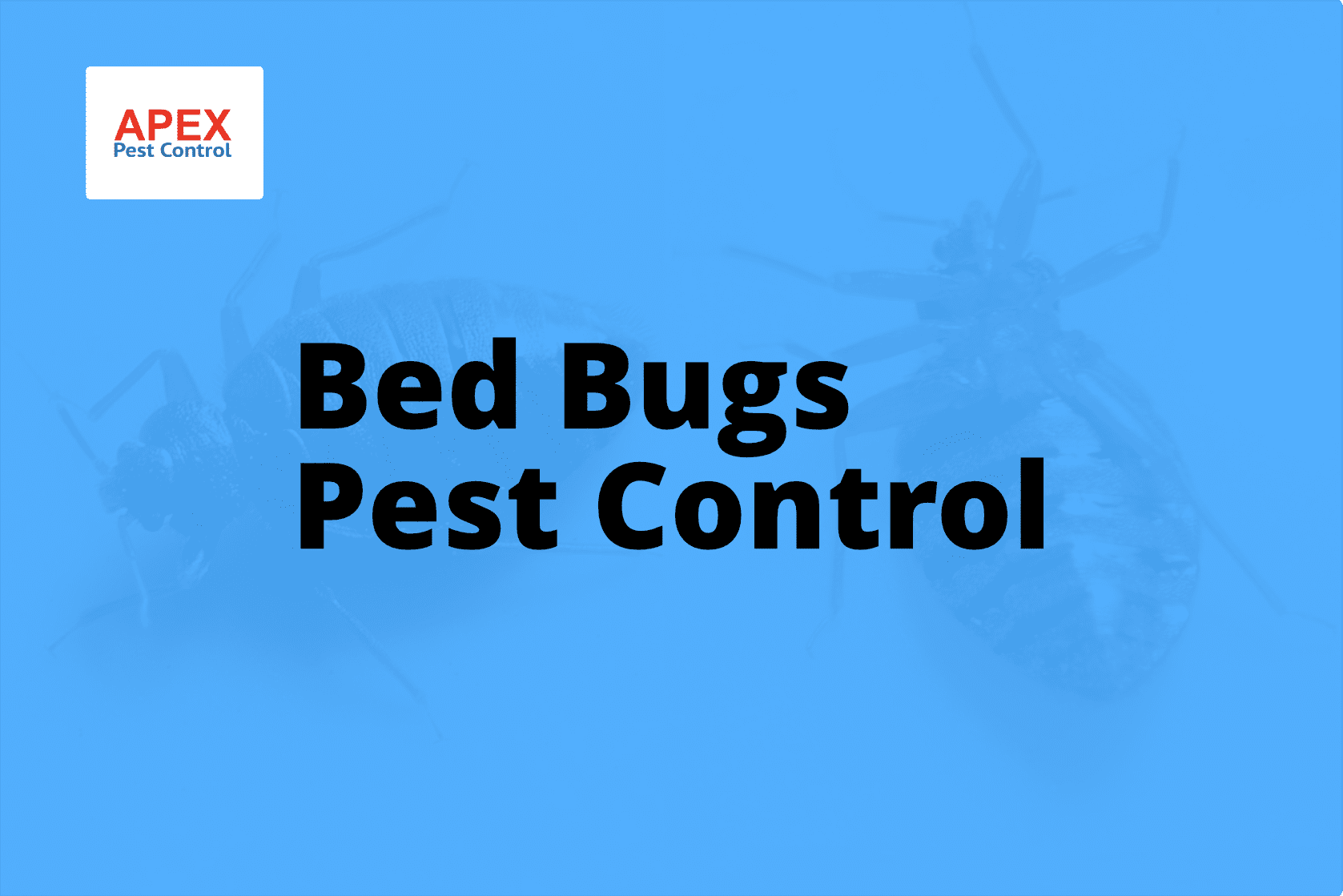Bed Bugs Pest Control – How to Prevent and Treat Bed Bugs
Bed bugs are a nuisance to homeowners and renters alike. Bed bug infestations can be difficult to detect, so it’s important for people to know how they work. Bed bugs are small insects that feed on the blood of animals or humans while they sleep.
A bed bug bite can go unnoticed because they’re painless and often mistaken for mosquito bites or other skin conditions. Bed bugs reproduce quickly, which is why bed bug infestations grow over time if left untreated.
There are many things you can do to prevent bed bugs from invading your home, you can vacuum frequently and wash all clothing in hot water before storing them away, but there are also ways that you can treat an existing bed bug problem with traps, sprays, powders, and foggers.
Bed bugs are attracted to scents of their favourite foods, so make sure you eliminate any scents in the home that they may be drawn to by opening windows or using a fan.
I hope this article helps you prevent bed bug infestations before they occur; what other ways do you guys use to prevent bed bugs from taking over your home?
What Are Bed Bugs?
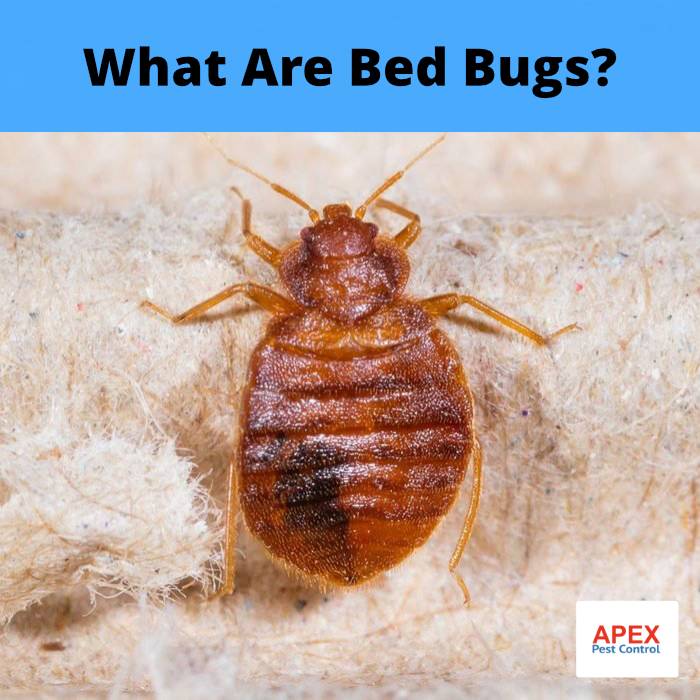
The bed bug is a small, flat oval insect about the size of a small seed. The bed bug is small, flat, oval, and grows to about 5 mm in length. The body of
the insect is brown but becomes red after it feeds. The bed bug feeds on the blood of humans and animals at night, making them the worst house guests if they find their way inside.
A room/house/hotel room can quickly become infested once these insects attach themselves to guests’ clothing, luggage, and occasionally used furniture and couches that are already infested. Since they are so small, they can hide in cracks and crevices as thin as a credit card because of their shape.
Furniture in the bedroom, luggage (especially if you travel frequently), and especially mattresses, box springs, beds, headboards, loose wallpaper, and bedside furniture are great hiding places for them, making them easy to find and easy to feed on human blood at night.
Also, you should be aware that bed bugs can also live on cats, dogs, domestic pets, and sometimes even if there is a rodent problem or wild animals nearby such as birds or bats. Unlike bed bugs, bat bugs feed on bats rather than humans and can only be distinguished under a microscope as they are so similar.
Cimex lectularius is the most common species of bed bug in the U.K. It belongs to the Cimicidae family, which also includes the Bat Bug. Blood-sucking bed bugs bite both men and women and will feed on blood, become engorged, and fall from the host.
However, female bed bugs bite more frequently since they need the blood for egg development. Skin infections are caused by an allergic reaction to bed bug bites.
Worldwide, bed bugs are becoming more common as more and more people travel for both business and pleasure, increasing the likelihood of encountering an infestation and inadvertently spreading them.
As an increasing issue, bed bugs have also been found in student housing, care facilities, and apartments, as well as on aeroplanes and buses. Once established, bed bugs can easily spread from an infested room to another, spreading to other surfaces.
Bed Bugs – Biology and Behavior
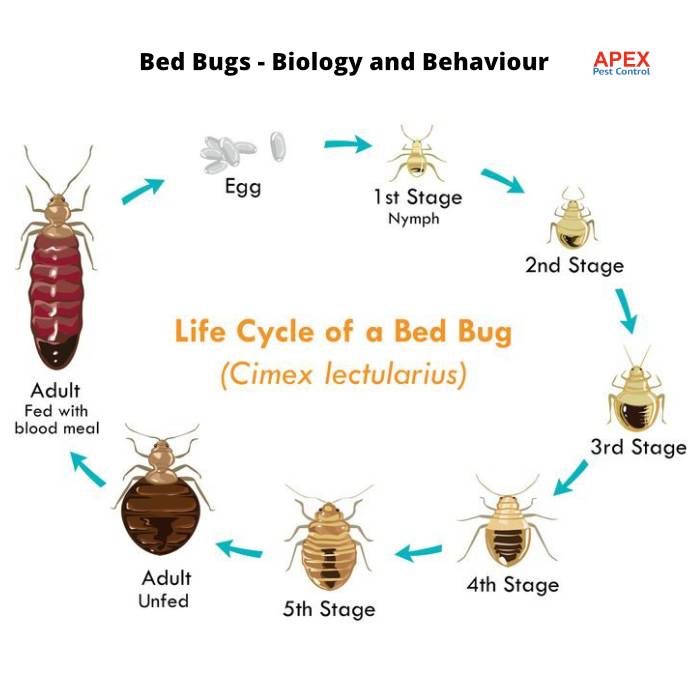
Usually described as the size of an apple seed, adult bed bugs are oval and flattened like a small brown disc ranging in size from 4-6mm. The shed skin looks like a flaky exoskeleton and is a light brown colour.
Their mouths are specially designed for piercing skin and sucking blood.
Despite its lack of wings, the bed bug has six well-developed, thick legs that enable it to climb vertical surfaces.
A whitish cream colour develops into a darker hue as they hatch into larvae.
Bed bugs are classified as nymphs at their early stages; these are tiny and difficult to detect with the naked eye.
Bed Bug Facts
- During a two-month period, bed bugs lay between 200 and 500 eggs in batches of 10 to 50.
- Prior to laying eggs, adult females need a blood meal from warm-blooded mammals, such as people.
- Most eggs are hidden in cracks and crevices and can be attached in clusters to infested items of furniture, fittings, or soft furnishings such as mattress seams, box springs, bed linen, and other items by a transparent substance.
- The bed bug life cycle consists of 7 stages, from egg to fully grown adult, which takes about 45 days, but can also take a year.
- Based on the conditions, a bed bug can live up to a year.
- In the absence of a human host, they can survive for weeks to months.
Bed Bug Pest Control
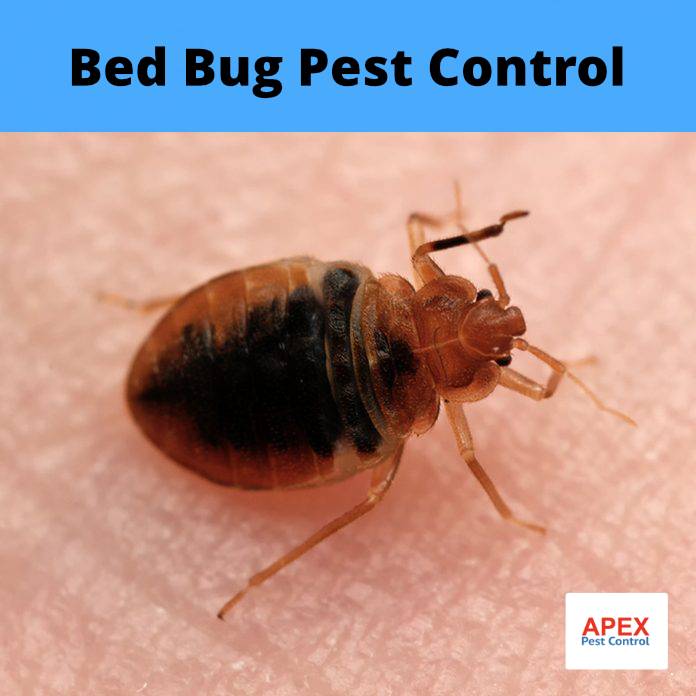
If you are concerned that you may have a bed bug infestation, our experienced exterminators can provide you with the best advice. Due to their ability to survive a year without food, bed bugs are notoriously difficult to remove using over-the-counter do-it-yourself pest control methods.
During their lifetime, an adult female bed bug can lay 200-500 eggs, meaning it is critical to find bed bugs present around your furniture.
When bed bug extermination is started as soon as possible, the infested areas can be treated faster, and the spread of bed bugs can be reduced more quickly. We will assess the entire property to look for evidence and document the spread of the bedbug infestation so that we can provide you with the most effective pest control treatment.
Apex Pest Control bed bug control services offer insecticide chemical treatments using residual sprays and chemical-free heat treatment designed specifically to eliminate these pests.
Other heat treatment pods are a non-toxic, chemical-free treatment for bedbugs. As a cost-effective solution, it eliminates all stages of bed bugs, from eggs to adults. A bed bug infestation in a residential property as well as a commercial setting such as a hotel room, cinema, or office can be treated by our pest control professionals.
We can also treat transportation vehicles without using toxic chemical bed bug treatments.
“In the UK there has been a year-on-year increase since 2006, which shows no sign of plateauing. Bed bugs thrive in Spring, Summer and early Autumn. Your home provides great living conditions for them because of the typical UK weather and temperatures.”
How Do Bed Bugs Choose a Home?
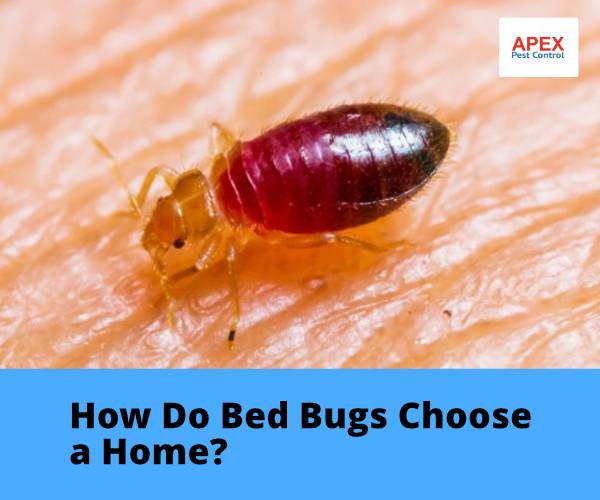
In the past, bed bugs were associated with unhygienic spaces, but now they can live in any home. In contrast, if you clean and vacuum your home more frequently, you have a greater chance of spotting and eliminating an infestation before it is too late.
In addition to being unable to afford effective pest control, poverty can also be a factor in large infestations. A higher number of them is found in densely populated areas or buildings, particularly those that have rapid turnovers of residents, such as hotels, hostels, and apartments.
Crevices around furniture, behind skirting boards, under loose wallpaper, behind pictures, and even in plug sockets are some of the common places where they nest. The ideal temperature for bed bugs is between 21 and 32 degrees Celsius, but they can survive at temperatures as low as zero and as
high as 49 degrees Celsius. And it is generally true that bed bugs can thrive anywhere there is a food source – blood – and they will always hide close to the next meal.
Bed Bugs – Where Do They Come From?
The bed bug is the Anthony Bourdain of the pest world: always looking for the best cuisine to try (we’re the cuisine). They aren’t always obvious from where they came from, but commonly they are introduced to your home after attaching themselves to luggage, bags, clothes, or secondhand furniture, and even laptops.
What Are the Telltale Signs of a Bed Bug Infestation?
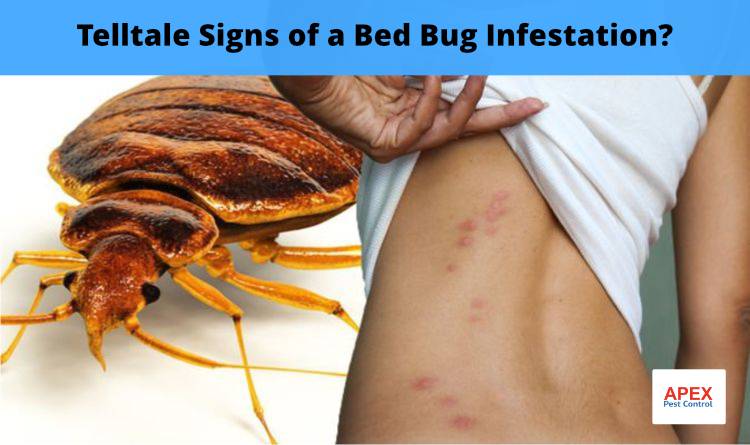
Bites caused by bed bugs can often go unnoticed at first, as they are attributed to other things like mosquito bites or allergic reactions. Bed bugs may be present if you experience any of the following:
- Bite marks on your neck, shoulders, back, legs, or arms that are usually red and irritating
- Usually found on bed frames, upholstery, or the bottom side of the mattress, these small, reddish-brown clusters or dark spots look like small ink dots.
- Scratches on bed linens or headboards with small amounts of blood
- It is still possible to see bed bug moult skins, pale-white eggs, and empty eggshells, even if they are quite small
- There is also the most obvious, but not always the first, sign – seeing small brown insects in or around your bed frame or sleeping area.
Are Bed Bugs More Common During Summer?
When the weather is warmer or in some places with a hot setting, bed bugs are usually more active in feeding and reproducing. Bed bugs, on the other hand, thrive in temperature-controlled buildings without the necessity of dormancy because they are indoor pests. Even without food, they can survive up to a year in extreme cold.
Is It a Bed Bug, Flea, Tick, or Mite?
Although they all belong to the phylum Arthropoda, bed bugs, fleas, and ticks are insects, while mites and ticks are arachnids. In this respect, they are similar to spiders and scorpions.
The bed bug is most similar to the flea in appearance; both have six legs, have no wings, and are usually reddish-brown in colour. Fleas, on the other hand, have grey bodies that are flattened laterally, while bed bugs are flat horizontally. Bed bugs and ticks have many differences.
Ticks:
- A tick has a pear-shaped body and becomes engorged as it feeds on blood.
- Ticks only have six legs, whereas they have eight.
- Ticks generally do not live inside buildings.
Unlike native species of ticks, it is capable of surviving and reproducing inside a home and is spreading across the U.K.
The key difference between mites and bed bugs is their number of legs; mites have eight legs and resemble a spider rather than a bed bug. A vet will have to confirm the diagnosis of ear mites, as they can rarely be seen with the naked eye.
The Best Way to Prevent Bed Bugs
Generally, bed bugs are spread by bad luck, so it is impossible to prevent an infestation. In spite of this, there are some things you can do to reduce your chances of getting an infestation. Make sure you check for signs of bed bugs before staying or moving into accommodation.
1. Look for signs around the mattress and the headboard, paying particular attention to the edges.
2. Bed bugs can attach themselves to your belongings most easily if you place your luggage directly on the bed or furniture.
3. When purchasing secondhand furniture, make sure you inspect it thoroughly before bringing it into your home.
4. Cleaning your house and changing your bedding on a regular basis will help, as will good housekeeping.
5. Hotels, for example, can benefit from a proactive monitoring regimen by a professional pest management company.
6. You can also protect the reputation of your company by teaching your staff what to look for when they are cleaning or working within the rooms.
7. Pest awareness training for cleaning staff can be a great first line of defence against bed bug infestations.
Is it Possible to Get Rid of Bed Bugs?
It may only take a few weeks or months to eliminate bed bugs. One treatment rarely eliminates bed bugs completely. Since this pest loves to hide and burrow deep within structures, both homeowners or tenants, as well
as our professional pest control team who will be handling the treatment, should maintain control measures. According to your pest control professional, you can expect us to control bed bugs in roughly 4-8 weeks if you follow all of their recommendations and attend all of their appointments. The treatment interval between each bed bug treatment should be between 7 and 14 days, and re-treatment should not be left for longer than 14 days, or it will not be successful.
What Is the Time It Takes for Bed Bugs to Die After Treatment?
When exposed to heat, the bugs will die immediately. Depending on when the insects cross into the poison, chemical treatments can sometimes take a few hours or days. Once the infestation has been analyzed, your bed bug control team will have a good estimate. Contact us today for expert advice.
What Is the Cost of Bed Bug Pest Control?
Although the costs of bed bug treatment may appear to be greater than you anticipated, this is because of their tenacity. They are known for their stubbornness, and one approach does not always work.
Multiple treatments over a few months are required to ensure that these pests are fully eradicated. Bed bug removal services cost as little as £240 and as much as £525, depending on the size of the property and how many treatments are required. Bed bug pest control is very effective in most cases, but it does not come cheap.
Is It Possible to Call Pest Control for Bed Bugs?

If you suspect that you have a bed bug problem, the first thing to do is contact your local pest control company. Bed bugs are becoming more and more prevalent in areas all over the world, so there should be no shortage of companies who provide this service.
Bed bugs won’t go away with simple DIY treatments, so you should not try to eradicate them on your own. Bed bugs are a health hazard and can increase the risk of contracting illnesses to humans, causing severe health problems.
Get Rid of Bed Bugs With a Pest Control Service

We will treat infestations efficiently and safely with the help of our pest control company. By using a range of techniques, they can minimize pest activity while minimizing risk to the environment and non-target species. Our technicians are continually updating their knowledge.

Tony Johnson, Founder & Lead Technician at Apex Pest Control, is a BPCA and NPTA accredited pest management expert with over 35 years’ hands-on experience. Tony specialises in Integrated Pest Management and ensures all services comply with UK pest legislation, including the Wildlife and Countryside Act 1981 and COSHH Regulations 2002. His commitment to continual learning and adapting to industry best practices means clients receive effective, safe solutions for pests affecting homes and businesses across South Yorkshire. Tony’s dedication to professional standards, ethical treatment methods, and local expertise has made him a trusted partner for pest control and prevention.
-
BPCA & NPTA accredited | CHAS certified
-
Committed to UK pest law compliance & safety
-
Focused on effective, ethical pest management for South Yorkshire

